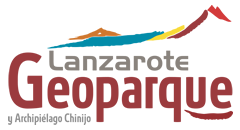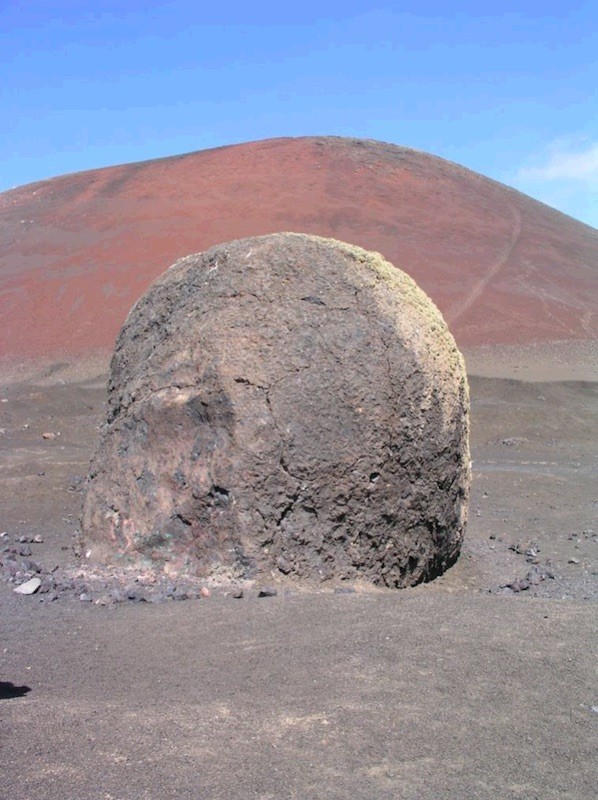Project Description
This geosite includes cones that appeared during the early and late stages of the Timanfaya eruption. The pyroclastic cone of Caldera de Los Cuervos is the structure generated on the 1st of September 1730 that led to the beginning of the eruption of Timanfaya, which lasted for more than six years. It is a structure which consists of pyroclastic soldiers (spatters) with a broad and unique crater where lava pool was housed; the sudden displacement of lava inside the crater led to the formation of a spectacular erratic block that is located on the path about 200 meters from the narrow opening of the central outlet. La Caldera Colorada, located in its proximity, is the last structure constructed during the final phase of the eruption in April 1736. It has a powerful sumital crater full of masses of fractured, tilted and broken lava, a result of sudden drainage when one of the crater´s edges gave way. Around the volcanic cone, one can find numerous large volcanic bombs, some of which still retain the crater impact. Structurally, both cones are located on the two large fractures that articulated the eruption. Abundant xenoliths can be seen on both of these.
Its main interest is volcanological, but they also have petrological, geomorphological and structural interest. They are emission centres which are representative of the beginning and end of the largest historical eruption in the Canary Islands. Around the Caldera Colorada cone there is a self-guided trail along which various aspects of volcanology of the area are explained.

